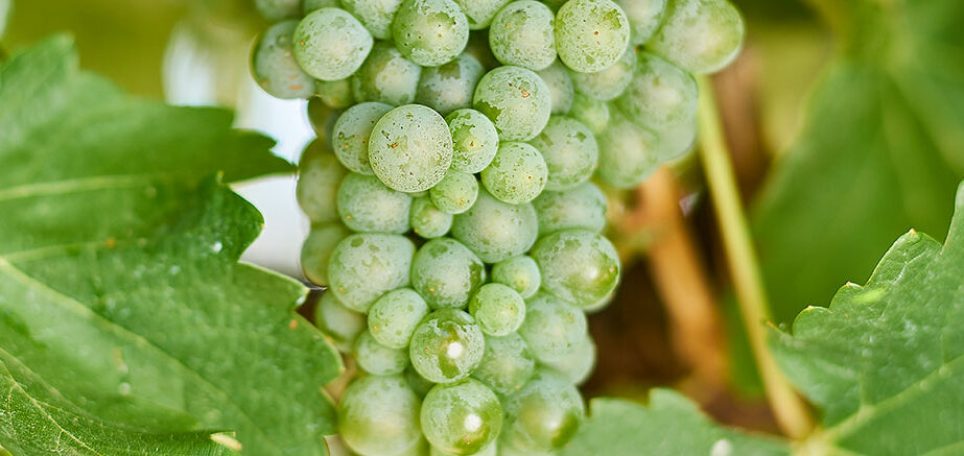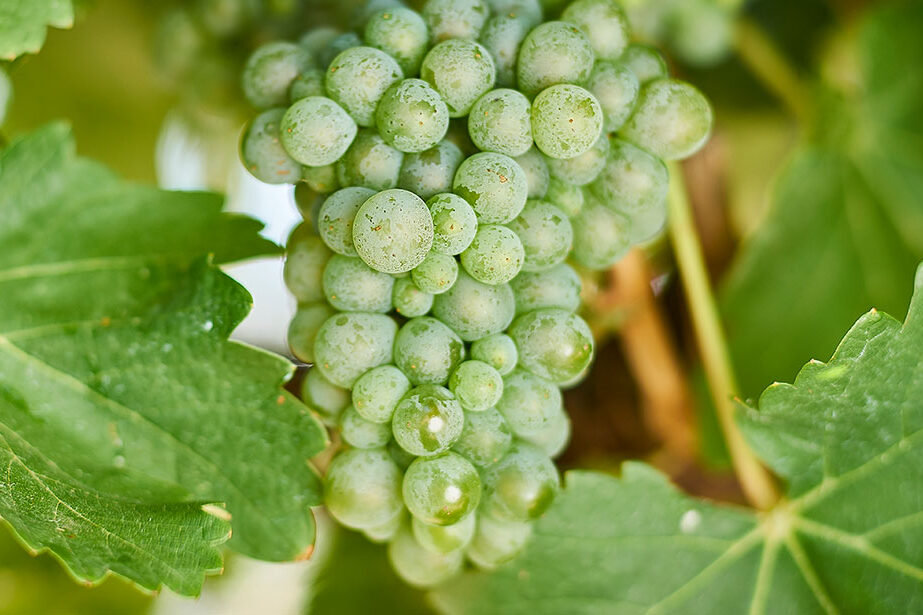 Sauvignon blanc grapes… many Australian wineries are now producing alternatives to the gooseberry or tropical fruit flavoured, herbaceous Marlborough wines. Photo: Ian Routledge/ Wine Australia
Sauvignon blanc grapes… many Australian wineries are now producing alternatives to the gooseberry or tropical fruit flavoured, herbaceous Marlborough wines. Photo: Ian Routledge/ Wine Australia
“It is the versatility of the sauvignon blanc varietal that will be the key to maintaining its popularity,” writes wine columnist RICHARD CALVER.
My Japanese friend, Moeko, was on an Australian working holiday and she secured a job at the Tathra pub.
 Richard Calver.
Richard Calver.
Her English is very good and they soon had her serving the public. But one day she was confronted by a request she could not, at first, fulfill.
A customer had ordered a beer and “a glass of Kiwi savvy b”. She asked the customer to wait while she found her manager who translated that this was a request for a glass of New Zealand sauvignon blanc.
She duly served the customer, but later shared with me that sometimes the Australian way of speaking baffled her. I tried to cheer her up but I don’t think she got my joke about confusing the word jacuzzi with yakuza: I told her I was in hot water with the Japanese mafia.
Many glasses of Kiwi savvy b are consumed by Australians. Around 80 per cent of NZ’s vineyards are white wine varieties: 65 per cent of total plantings are sauvignon blanc.
According to a NZ government source, Marlborough sauvignon blanc, in particular, is one of Australia’s favourites wines: it is the most consumed white wine in Australia.
One other source says that 67 per cent of the sauvignon blanc we drink in this country is imported, and NZ accounts for just under two thirds of those imports.
The same website asserts that “women buy and consume the vast majority of savvy b.”
Reading about sauvignon blanc, it appears that the love affair with Kiwi sauvignon blanc is cooling and many Australian wineries are now producing alternatives to the gooseberry or tropical fruit flavoured, herbaceous Marlborough wines.
I was lucky enough to be asked to try one of those alternatives recently: a Tasmanian Devil’s Corner Resolution Sauvignon Blanc 2024. It sells for around $40 a bottle.
The influence of the cooler Tasmanian climate is evident in the brightness of the fruit. The wine is gold in colour with a green hue.
The bouquet is very similar to the Marlborough savvy b’s that I’ve experienced: passionfruit predominates with a floral hint.
This wine had three months in oak and that is reflected in its complexity. It is textural and crisp with a mineral finish, rather than the flavour of asparagus or apple that you get in the finish from many NZ savvy b’s.
It paired well with the lemon chicken that I served for dinner where both my adult children also tried the wine.
My daughter, who works in hospitality, confessed that she is not a fan of this varietal as she doesn’t like the way many of the wines finish with an overwhelming taste of fruit salad but, she added, “this would be a sauvignon blanc drinker’s dream.”
She mentioned that at her place of work they only sold Shaw and Smith, an Adelaide Hills sauvignon blanc, a wine influenced by the cooler climate of the hills, and that it was a popular wine with the 2025 having a citrus finish. It’s on the wine list because there are frequent requests for a savvy b.
It is the versatility of the sauvignon blanc varietal that will be the key to maintaining its popularity: from the “wet rocks” style of the French Sancerre to the tropical fruit bowl of many NZ sauvignon blancs, this varietal can produce a taste profile to suit many palates.


Dining and Cooking